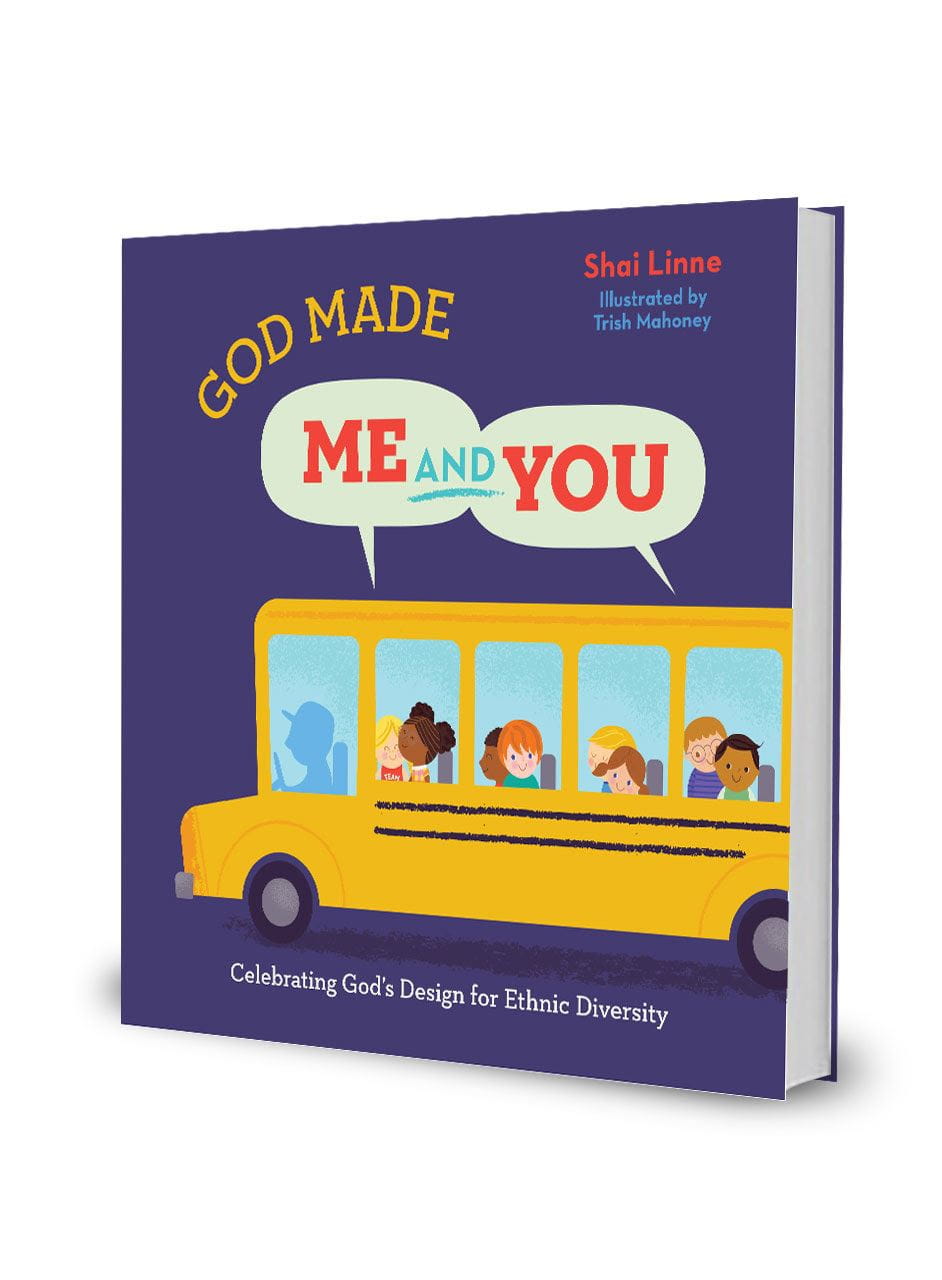
I wrote God Made Me and You: Celebrating God's Design for Ethnic Diversity because I am convinced from Scripture that ethnic diversity is not something that should be begrudgingly tolerated, but rather enthusiastically celebrated! Passages like Revelation 5:9-10 speak very loudly to God’s ultimate purpose in the gospel–a redeemed, ethnically diverse people worshipping God together for all eternity. Like the facets of a jewel, the glory of God shines all the more brightly as the light of His gospel is reflected through different vessels. Without ethnic diversity, we lose the ability to see God shine in particular ways that are only been possible in diversity (Ephesians 2:14-19).
Photo Credit: ©Thinkstock
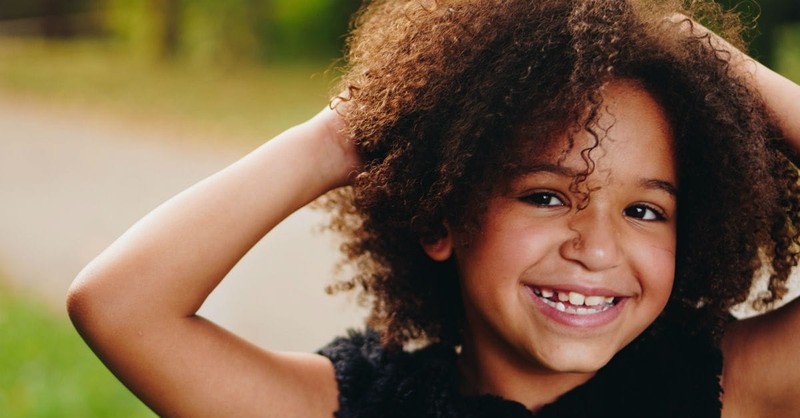
The new way of the gospel.
Sadly, the sins of racism, bigotry, and ethnic pride have manifested themselves in many ways in our racially-charged culture, both historically and in the present day. But the gospel offers us a new way. Not just for us, but for our children. When the Lord Jesus stretched out His hands on the cross, He did it not only with particular people in mind, but with particular people groups in mind (Revelation 7:9). The Son of God is so glorious, nothing less than the nations would suffice as His chosen community of worshipers. As Christians, we have the privilege of participating in what God is doing in redemptive history! We also have the responsibility to teach our children this kingdom perspective. Counter-cultural, biblical views don’t just happen. They must be taught. Here are some ways to help your children appreciate God’s design for ethnic diversity. I hope they are an encouragement to you and your family that through Christ, God is at work to reconcile all things to Himself (Col. 1:20).
Grace and Peace, Shai
Photo Credit: ©Unsplash/eye-for-ebony
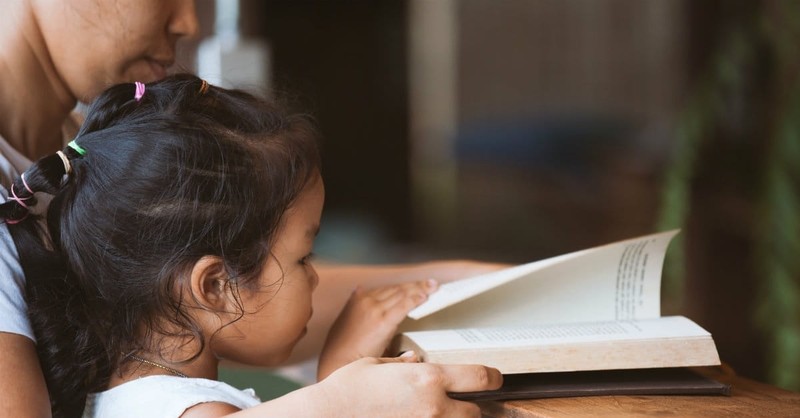
1. Teach your children what the Bible says about ethnic diversity.
The Bible is not silent when it comes to God’s design for ethnic diversity. Embedded in the gospel is God’s plan to reconcile to Himself a people from every ethnic group in the world! The bride of Christ is a beautiful, multicolored bride. It’s important for us to teach our children these Scripture based truths. One familiar passage that speaks to the glorious multiethnic future of the church is Revelation 5:9:
“And they sang a new song, saying, ‘Worthy are you to take the scroll and to open its seals, for you were slain, and by your blood you ransomed people for God from every tribe and language and people and nation.’”
Every tribe. Every language. Every people. Every nation (ethnos in Greek). God’s purpose is crystal clear. A diverse people, ransomed for the sake of His praise and glory. We must teach this to our children. And we must stress that the goal of multi-ethnic worship is not only for heaven, we must pursue it now. Here are some passages that will help reinforce this truth. Use them as you talk to your children about how the Spirit draws people from every tribe and nation to worship God:
Genesis 17:4;

2. Correct commonly held errors regarding the Bible and ethnicity for your children.
In Western cultures, it is common for literature and films to depict biblical stories that present the characters (and Jesus) as Caucasian, or white. This reinforces the notion that white is normal and non-white is “other.” This is particularly dangerous in spiritual matters, where ethnic identity can be mistakenly connected with favor before God. Parents can help their children by pointing out that these illustrations are not accurate depictions of people in the Middle East, where darker features are the norm. Correcting these things will provide opportunities for further dialogue which can be used to help shape your child’s worldview.
Photo Credit: ©Unsplash/sai-de-silva
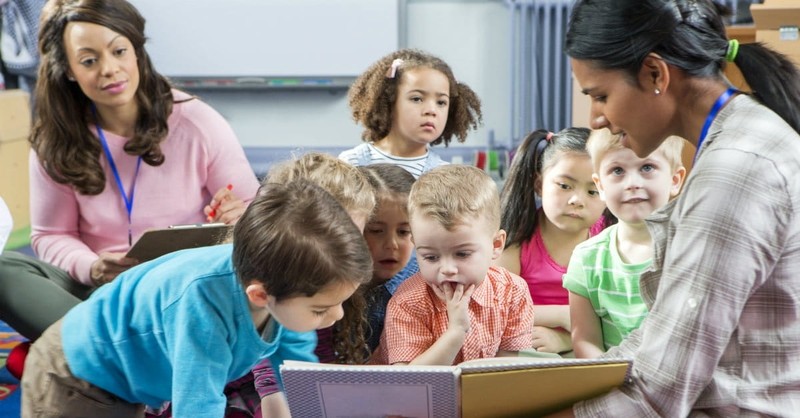
3. Educate yourself and your children about cultures other than your own.
I’m speaking particularly to white readers. For many white people, especially in the U.S., it is possible to go one’s entire life without ever having meaningful interactions with people of color. Additionally, it is all too common for curricula in our schools to focus on Western civilization and accomplishments; again reinforcing the notion that “whiteness” is normative. When people of color are mentioned, it’s often limited to depictions of slavery and subservience. Gaining a better understanding of other cultures will take intentionality. The good news is that we’re in the information age, with volumes of resources available within seconds of searching the internet.
Photo Credit: ©Thinkstock

4. Seek out interactions/relationships with people of different ethnicities.
One of the greatest barriers to pursuing God’s design for diversity is the lack of proximity many have with people of different ethnic backgrounds. Depending on where you live, it may take more intentionality in order to develop these relationships. The local church is an ideal context for this pursuit. Unfortunately, there is too much truth in the old saying that “11 a.m. on Sundays is the most segregated hour of the week.” If there is ethnic diversity in your church, be intentional about having dinner/family outings/activities with people of different ethnicities so that these kinds of interactions would be the norm, rather than the exception for your child.
Outside of church, it may mean signing your child up for extracurricular activities where they can develop diverse friendships with other children. Sports clubs, choirs, and summer camps can provide these opportunities. Some will have to be more creative than others in this regard.
Photo Credit: ©Thinkstock
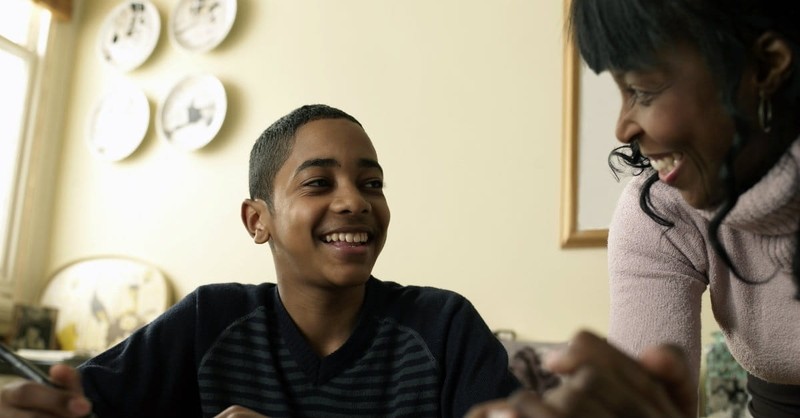
5. Model loving confrontation of prejudiced words and/or behavior with your children.
Ethnic bigotry certainly spreads from parents who transfer these mind-sets to their children. But often, it comes not from the parents directly, but other family members who may say racially insensitive or even directly racist things in front of the children while the parents passively do nothing. It may not even be a family member. Perhaps it’s something said on television.
Whatever the case may be, these are opportunities for parents to jump in and say things like, “That joke was not funny. We’re all made in God’s image and we shouldn’t say things like that about other people.” or “We love Uncle Bob, but what he said tonight at dinner about other races was unacceptable and sinful. We are to love and accept everyone, regardless of their ethnicity because that’s how God loves us.” It will require courage to do so, as you may risk alienating a family member. But whatever it may cost relationally, it’s worth it for your child to see you honoring God in this way. And it’s also the kind of thing that children don’t forget.
Photo Credit: ©Thinkstock

6. Be hopeful for a future where the Spirit will break down barriers between people of different ethnic backgrounds.
Let your children know through your words, attitudes, and actions that you believe that God is at work in our world, drawing His people to Himself and making us one in answer to His prayer (John 17:20–26). Yes, there is work to do, but the Spirit of the living God is our partner, our helper, and our power. What we can’t do in our own strength, God can and will do. Pray with your children through John 17 and then talk with them about how your family can live out Jesus’s prayer in your church, school, and neighborhood.
Photo Credit: ©Thinkstock
Shai Linne is a recording artist who has released numerous acclaimed Christian hip-hop albums, including his new release for children, Jesus Kids. He is the author of God Made Me and You: Celebrating God's Design for Ethnic Diversity and coauthor of It Was Good: Making Music to the Glory of God.
After completing a pastoral internship at Capitol Hill Baptist Church in Washington, DC, Linne co-founded Risen Christ Fellowship, an inner-city church in his hometown of Philadelphia, PA. Linne, his wife and three children live in Philadelphia.
Learn more at www.shailinnemusic.com and follow him on Facebook (@ShaiLinne) and Twitter (@ShaiLinne).
Originally published Tuesday, 02 October 2018.
